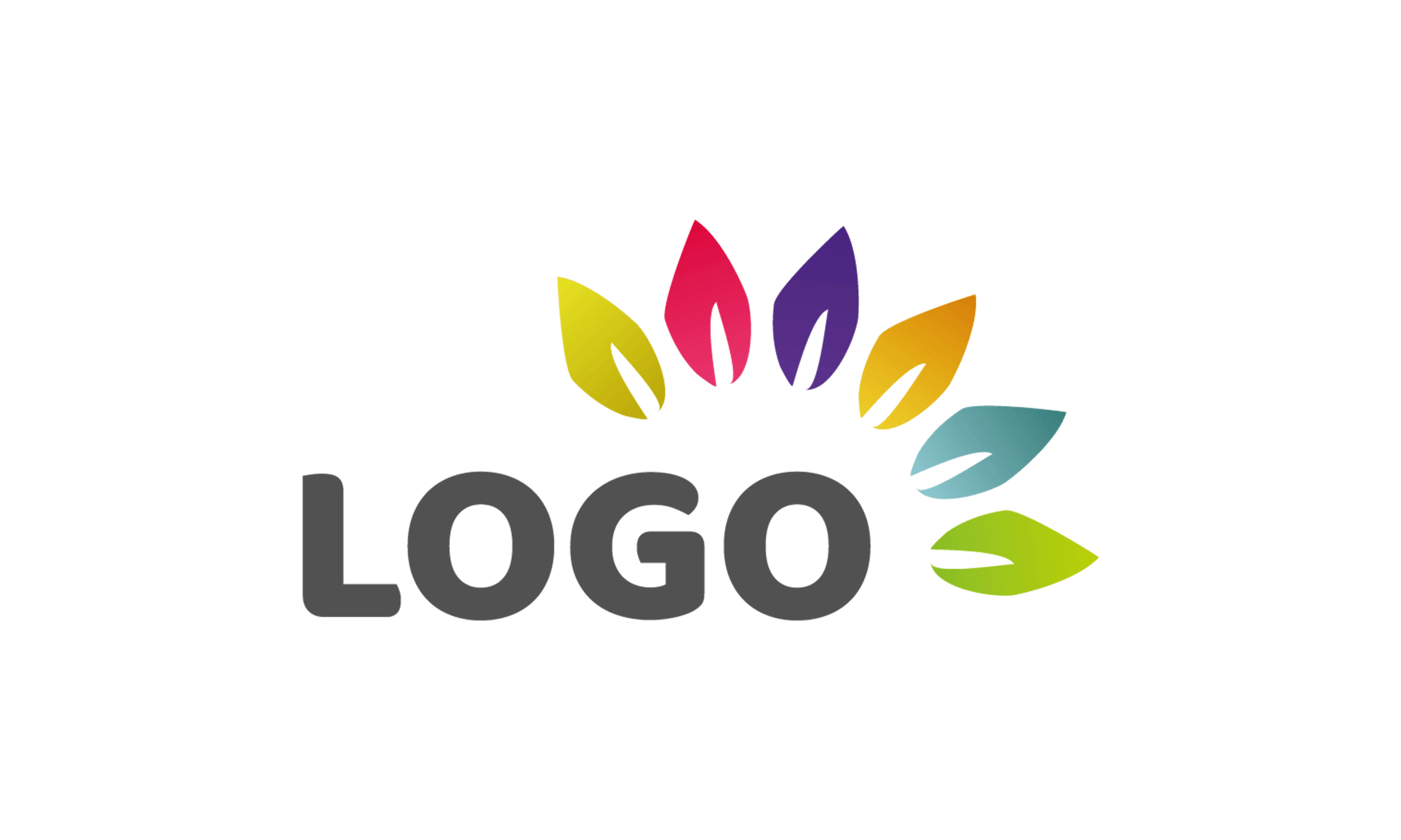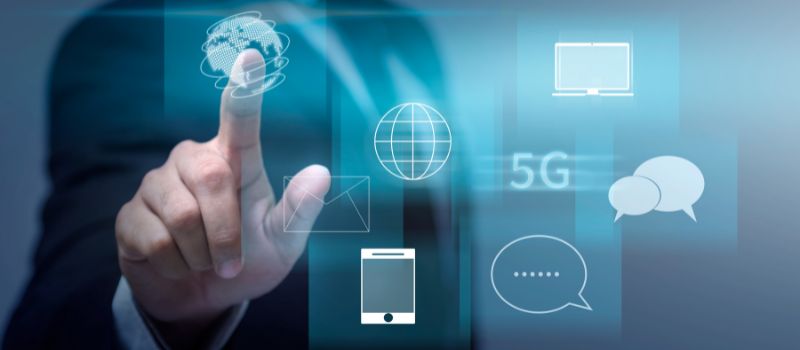Every brand begins its journey with an idea, a mission, and a vision. As this brand story unfolds, there emerges a need for an emblem – a signature that distinguishes it from the multitude. This emblem, known as the logo, holds the power to transcend languages, cultures, and even time. It becomes the silent ambassador of the brand. Across bustling cityscapes, glimmering screens, and the vast expanse of the digital world, this emblem asserts its presence. But among the myriad logos we see, only a handful embed themselves in our collective consciousness, managing to survive decades, even centuries. What’s the alchemy behind these logos? Why do some become ageless while others fade away? This exploration delves into the mysteries of timeless logo design and the brands that have successfully etched their symbols into the annals of history. Also Read
The Magic of Evergreen Design
In the ever-evolving tapestry of design, some elements leave an indelible mark, persisting through the ebb and flow of trends. The enigma behind this longevity is the magic of evergreen design. But what exactly constitutes this kind of design, and how does it maintain its allure over time?
Harmony in Simplicity
The foundation of timeless design is simplicity. By eliminating unnecessary frills and distractions, an evergreen design ensures clarity of message. It’s akin to a classic piece of literature, where the depth is found not in ornate language, but in its powerful narrative.
Universal Appeal
Evergreen designs resonate across different cultures, generations, and backgrounds. They tap into universal emotions and shared experiences, much like a song that stirs hearts globally, irrespective of language or genre.
Adaptable yet Steadfast
While trends change with the wind, evergreen designs have an uncanny ability to adapt without losing their core essence. They are like trees that weather the harshest storms but stand tall, their roots deep and unwavering.
Emotional Connectivity
Such designs weave an emotional tapestry with their audience. They don’t just cater to the eyes but connect with the heart, fostering a relationship that stands the test of time. Think of those iconic movie scenes or artworks that evoke emotions, no matter how many times you’ve witnessed them.
Purpose-driven
Behind every evergreen design lies a clear purpose. It’s not just about aesthetics but also about conveying a message, a value, or a vision. It’s that purpose which anchors the design, ensuring it doesn’t drift away with fleeting trends.
Icons of Timelessness: Logos that Have Left a Mark
In the vast realm of branding, a few logos transcend their commercial origins to become symbols entrenched in our shared cultural narrative. These icons are more than just brand identifiers; they stand as beacons of consistency in an ever-shifting landscape, echoing tales of innovation, resilience, and evolution. Let’s delve deeper into the saga of these timeless logos and discover the secret behind their enduring charisma.
Apple’s Bitten Fruit
It’s hard to imagine a world without the sight of that iconic bitten apple. Evoking simplicity yet sophistication, Apple’s logo encapsulates the brand’s commitment to sleek design and innovation. The bite signifies knowledge, a subtle nod to the biblical story of Adam and Eve, hinting at a thirst for discovery.
Nike’s Swoosh
Drawing inspiration from the wings of the Greek goddess of victory, Nike’s swoosh embodies motion, triumph, and determination. It’s a testament to the brand’s vision of pushing boundaries, a simple curve that has come to represent athletic excellence worldwide.
Coca-Cola’s Flowing Script
This script, written in a vibrant red, has quenched our thirst for over a century. The flowing font captures the effervescence of the drink and the joy it promises. Coca-Cola’s logo is a celebration of nostalgia, unity, and moments of spontaneous joy.
McDonald’s Golden Arches
Two simple golden arches, yet they signify so much more. Representing the welcoming arms of a global fast-food giant, these arches are recognized by millions, symbolizing comfort food that bridges cultures and continents.
Mercedes-Benz’s Tri-Star
Encased in a circle, the three-pointed star of Mercedes signifies land, sea, and air transport’s dominance. It’s not just a mark of luxury but a symbol of engineering prowess and a relentless pursuit of perfection.
Adidas’ Three Stripes
Originating from functionality, the three stripes of Adidas have grown to represent ambition, unity, and passion. From tracks to streets, they signify a blend of sporty authenticity and street-smart style.
Why Some Logos Fail: Lessons to Learn
The world of branding is much like a grand theater where some logos bask in the limelight, while others fade into the shadows, forgotten almost as quickly as they emerged. But these overlooked or critiqued symbols aren’t just tales of misfortune; they offer invaluable lessons for aspiring designers and brands. Let’s explore the underlying reasons behind these logo missteps and what we can glean from them.
Overcomplication: The Cluttered Mess
In the quest for uniqueness, some logos end up cramming too many elements, colors, or ideas. The result? A visually cluttered emblem that’s hard to reproduce and even harder for the audience to connect with. Lesson: Simplicity is the ultimate sophistication. Let your logo breathe and ensure it conveys a single, clear message.
Chasing Trends Blindly
Design trends, much like fashion, come and go. A logo that leans too heavily on a current fad may soon find itself outdated. Lesson: While it’s essential to stay contemporary, grounding your logo in timeless principles ensures it doesn’t lose relevance as trends shift.
Lack of Research: The Cultural Blunders
Numerous logos have stirred controversy because they unintentionally resembled culturally sensitive symbols or conveyed unintended meanings in different languages. Lesson: Comprehensive research, including cultural, linguistic, and historical, is paramount before finalizing a design.
Inconsistency in Branding
A logo should be an embodiment of a brand’s ethos and values. If there’s a mismatch between what the logo represents and the company’s actual products, it can lead to mistrust.
Resisting Evolution: The Stagnant Pool
While it’s crucial to have a consistent logo, resisting timely evolution can render it obsolete. Brands that cling to outdated designs without adapting to the changing environment risk fading into obscurity. Lesson: Periodic evaluation and refinement, while retaining core elements, keep your logo fresh and relevant.
Overlooking Feedback: The Echo Chamber
Sometimes, designers and brands become so attached to their creation that they ignore or dismiss feedback. Launching a logo without gauging audience reception or testing can lead to costly rebranding exercises or even PR disasters. Lesson: Constructive criticism is a goldmine. Use it to refine and perfect your design.
Conclusion: The Eternal Charm of a Classic Logo
At its core, a logo is more than just a fusion of shades, fonts, and artistry. It narrates a tale, embodying the brand’s soul, its values, and its odyssey. Icons that have withstood time don’t merely adorn advertising banners or grace skyscraper facades; they take root in our souls, stirring feelings, reviving memories, and cultivating trust. These logos stay relevant, effortlessly weaving through the tapestry of time, yet holding onto their intrinsic character. Such brands, which seamlessly merge flexibility with steadfastness, aren’t merely recalled – they’re celebrated. Positioned at the crossroads of artistry, societal values, and business, it’s clear that designing an enduring logo isn’t about following fleeting fads; it’s about etching enduring imprints. It’s about seeking continuity in a world that’s always in flux.
FAQs
1.Why is simplicity important in a logo design?
Simplicity ensures easy recognition and creates a clear, memorable impression.
2.How often should companies redesign their logos?
There’s no fixed timeline, but a logo should evolve with the brand while maintaining core elements.
3.What’s the most iconic logo of all time?
Opinions vary, but logos like Apple, Coca-Cola, and Nike are often at the top of the list.
4.Can logos impact consumer behavior?
Absolutely! A well-designed logo can inspire trust, recognition, and even loyalty.
5.How do companies choose colors for their logos?
Colors evoke emotions. Brands often choose colors that align with their values and what they want to convey to their audience.





